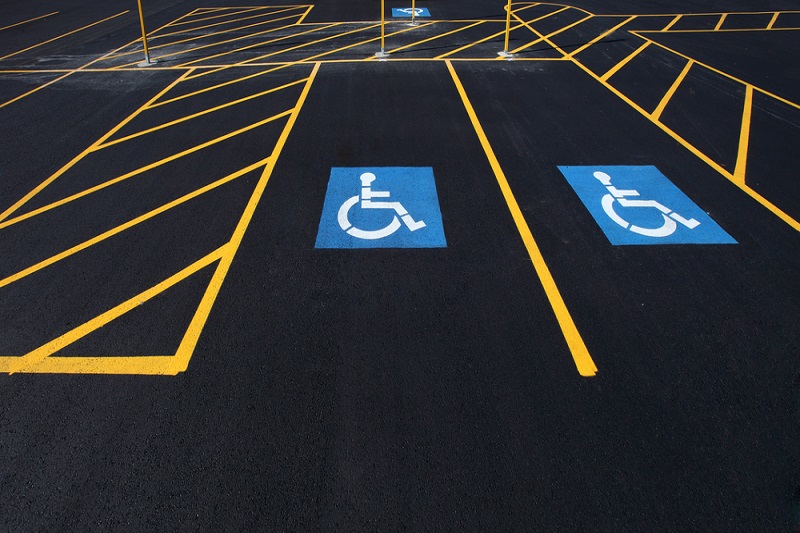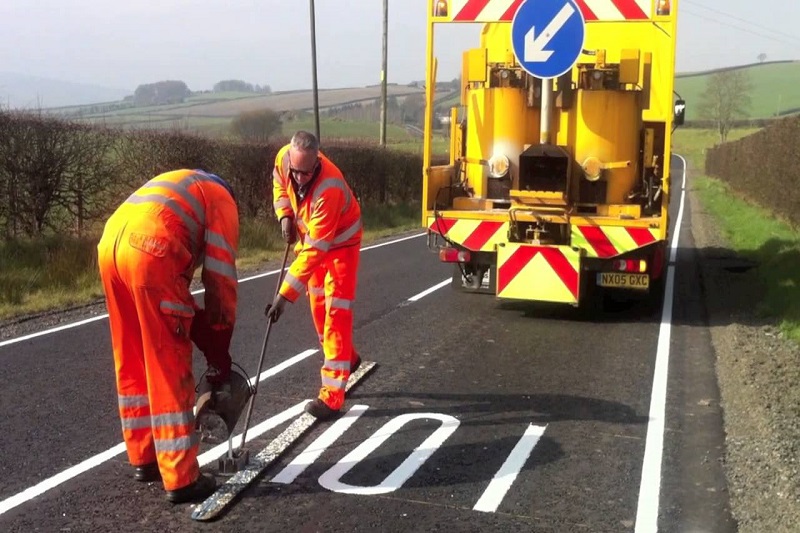How Linemarking Contributes to Order and Discipline in Public Spaces

Can urban living be improved by something as abstract as lines painted on concrete? Do simple markings underfoot collectively create a bigger social impact than meets the eye? Today, we venture into the fascinating world of linemarking. In addition to outlining 'no parking zones' or 'pedestrian paths', their contribution extends to significantly enhancing public order, discipline, and creating harmonious living spaces.
We often overlook their existence, yet we largely follow the direction they subtly dictate. Whether it's simple white lines on asphalt roads or neatly labelled boxes in car parks. Linemarking influences our actions, guides (or sometimes restricts) our movement and shapes our experience of using public spaces dramatically.
Join us on a visually appealing journey exploring the how, the where and the why linemarking has become a pivotal tool in designing orderly and functional urban spaces.
The Science Behind Linemarking
What makes linemarking such an effective design tool? This ability stems from its propensity for steering human decision making without uttering a single word. Lines guide and direct us subtly, and we humans instinctively respond to the non-verbal messages these lines convey.
Moreover, linemarking plays an integral role in traffic management. The arrangement of lines painted on road surfaces delineate where it is safe for drivers to manoeuvre their vehicle, or where pedestrians can cross safely.
In essence, the science behind linemarking is quite simply... influence. It influences our actions, decisions, and safety by translating rules and restrictions into a visual language everyone can understand.
Linemarking: Transforming Public Spaces
From pedestrian pathways in parks to multi-lane highways, linemarking is the universal language of spatial organisation. In bustling urban environments where certain discipline and order are required for seamless movement, linemarking performs an essential role.
Yet, it's not confined strictly to roads and parking lots. If you've ever spent a summer day basking on a well-manicured lawn with chalk-drawn boundaries, or attended a lively local festival, with food stalls neatly arranged in line with floor markings, you have experienced the transformative power of linemarking in recreational public spaces.
Creativity in Linemarking
Creativity in linemarking? Certainly! Let's look at school playgrounds. Colourful, creatively patterned linemarkings not only promote active play but help children understand limitations and boundaries, quite literally.
Or visit a contemporary urban plaza, where you are likely to see artistically designed linemarkings that elicit admiration, not merely direction. By transforming life's everyday moments, linemarking becomes a potent tool to trigger social interaction, evoke community identity and beautify urban spaces.

Finer Details: Linemarking Materials and Application Techniques
Getting down to the nitty-gritty, the durability and effectiveness of linemarking rely heavily on the materials used and the application techniques. However, these factors are determined largely by the environment, government regulations and the expected lifespan of the paintwork.
The Multiple Roles of Linemarking
In a nutshell, linemarking wears many hats: a communicator, an enforcer, a guide, a beautifier, a boundary setter, and even a lifesaver. Its varied roles underline its significant contribution to creating orderly, harmonious and purposeful public spaces.
The Pros and Cons of Linemarking
Like any design strategy, linemarking also has its pros and cons. While it aids in organizing public spaces and enhancing safety, it is also subject to wear and needs regular maintenance. Also, poorly executed linemarking can lead to confusion and potential accidents.
Conclusion: Decoding Linemarkings Impact on Urban Life
As we wrap up our journey through the seemingly ordinary world of linemarking, we begin to appreciate its extraordinary role in our daily lives. Through white lines on asphalt, we intuitively negotiate our ways in fast-paced urban life, aided by these silent yet authoritative guides.
The confluence of design and practicality, linemarking transforms chaos into order. Beyond just stripes and dashes, they are the harmonizing elements of our public spaces, a thread that connects us and brings about a sense of belonging. However, it does come with its set of challenges that need to be addressed foremost being its longevity and maintenance.
Linemarking, indeed, is evidence of designing with purpose. Just remember, the next time you cross the road, you're not only following a set of white lines but also engaging with a vital piece of social design ingrained in our urban fabric.





0 comments